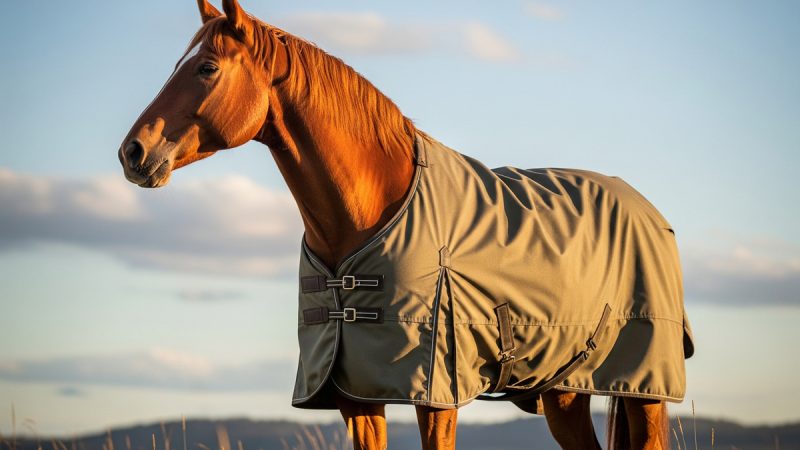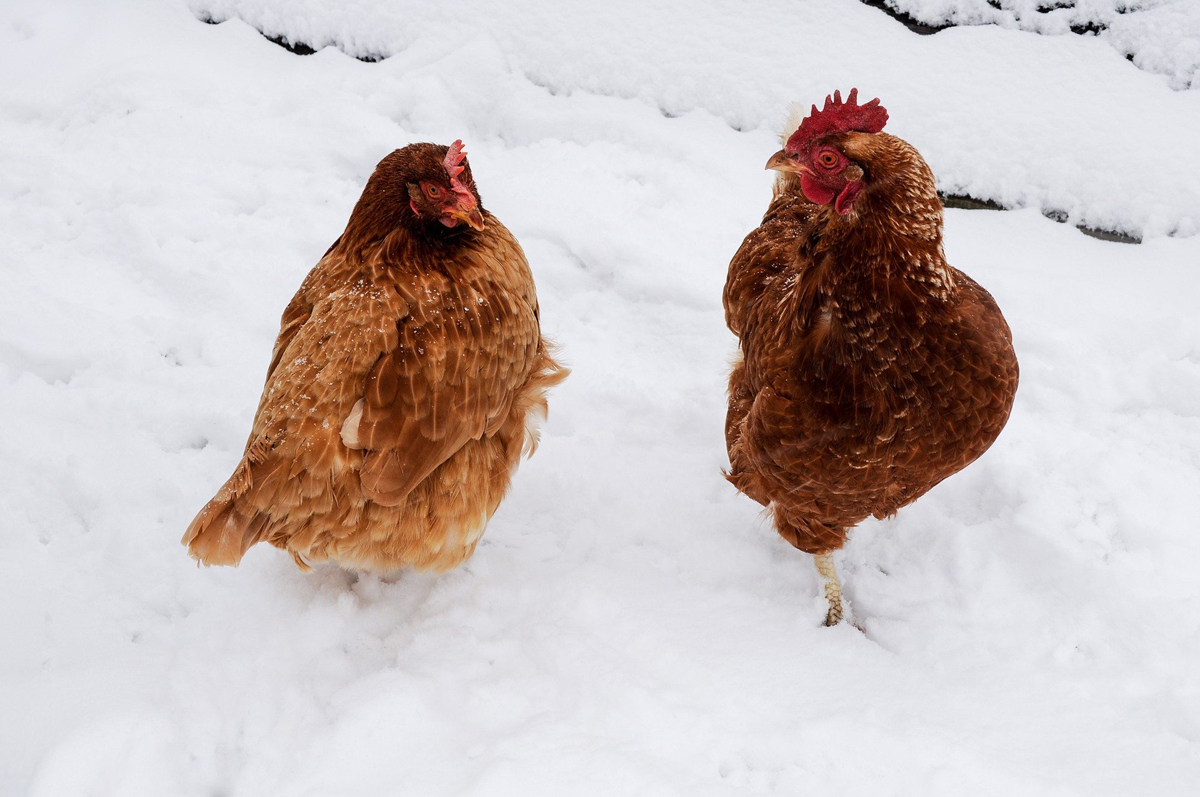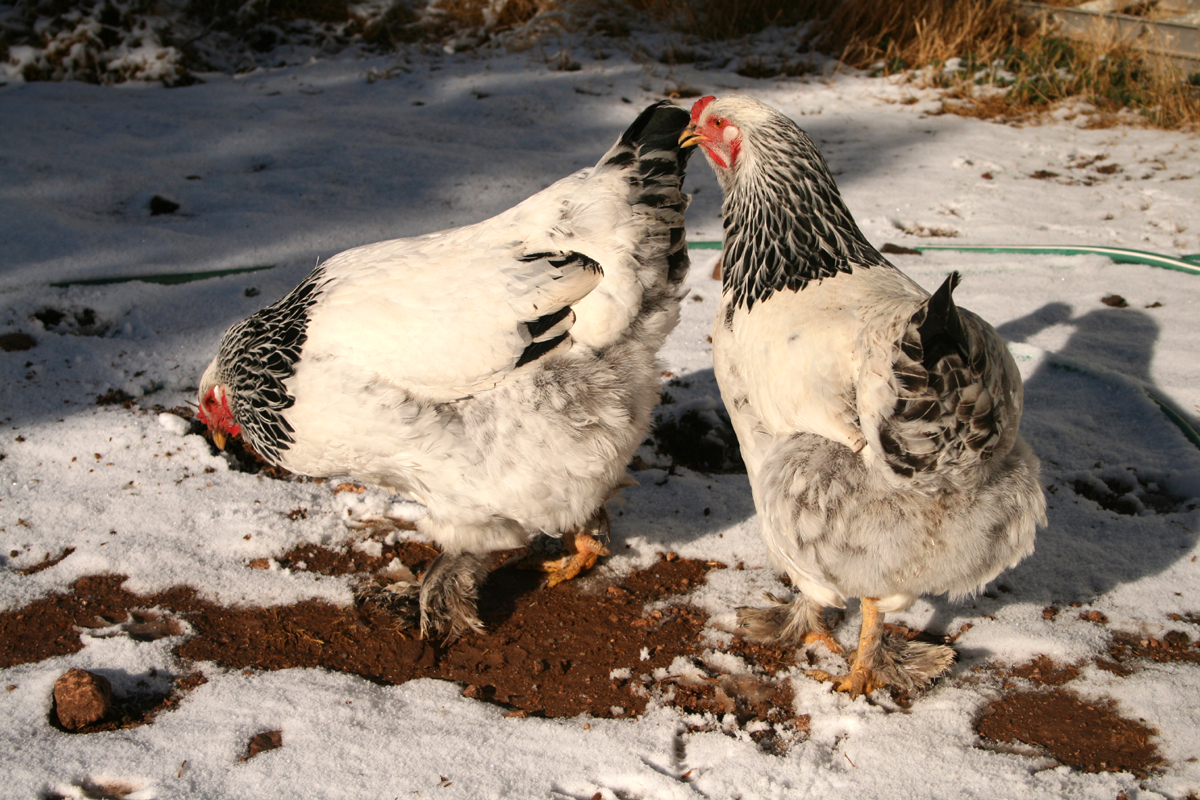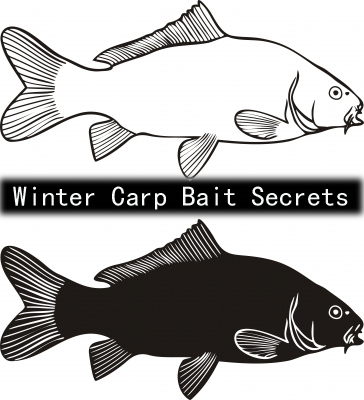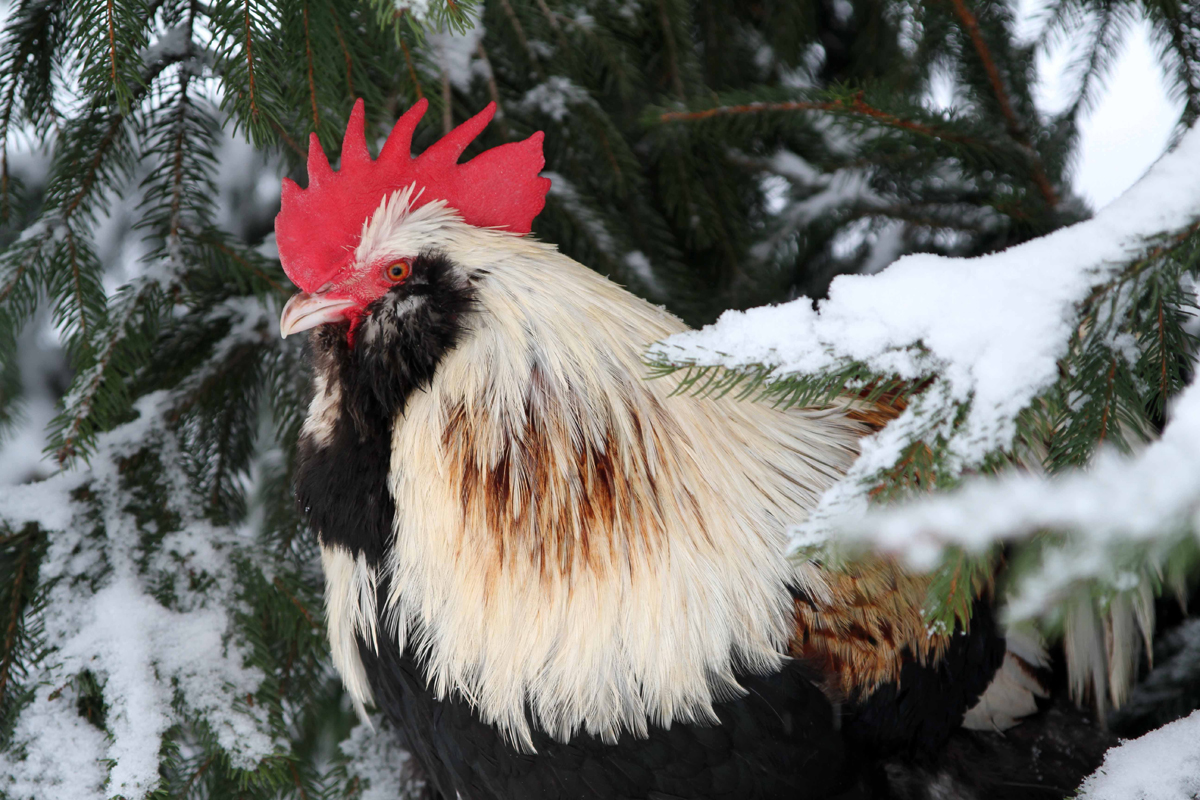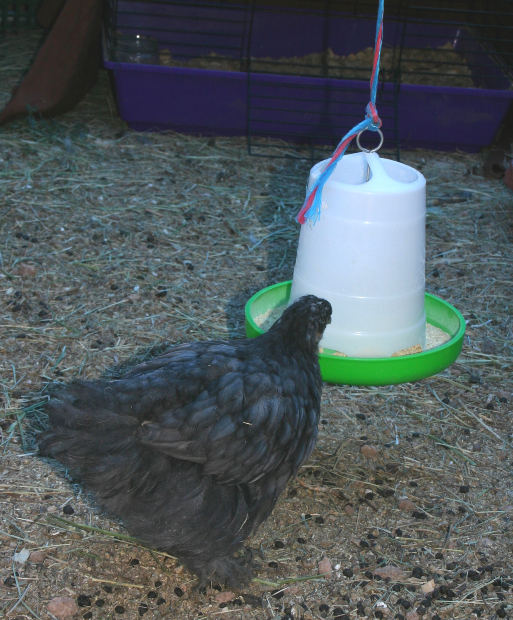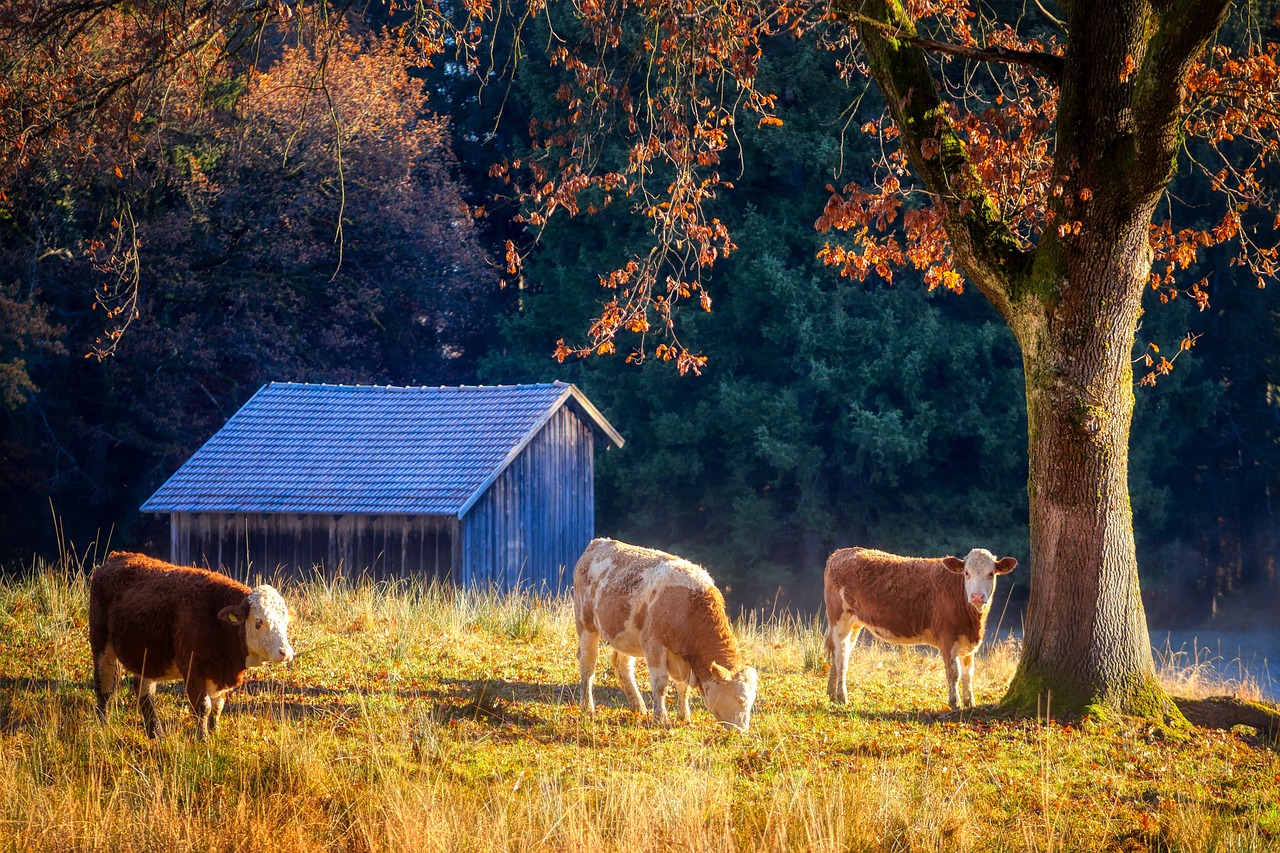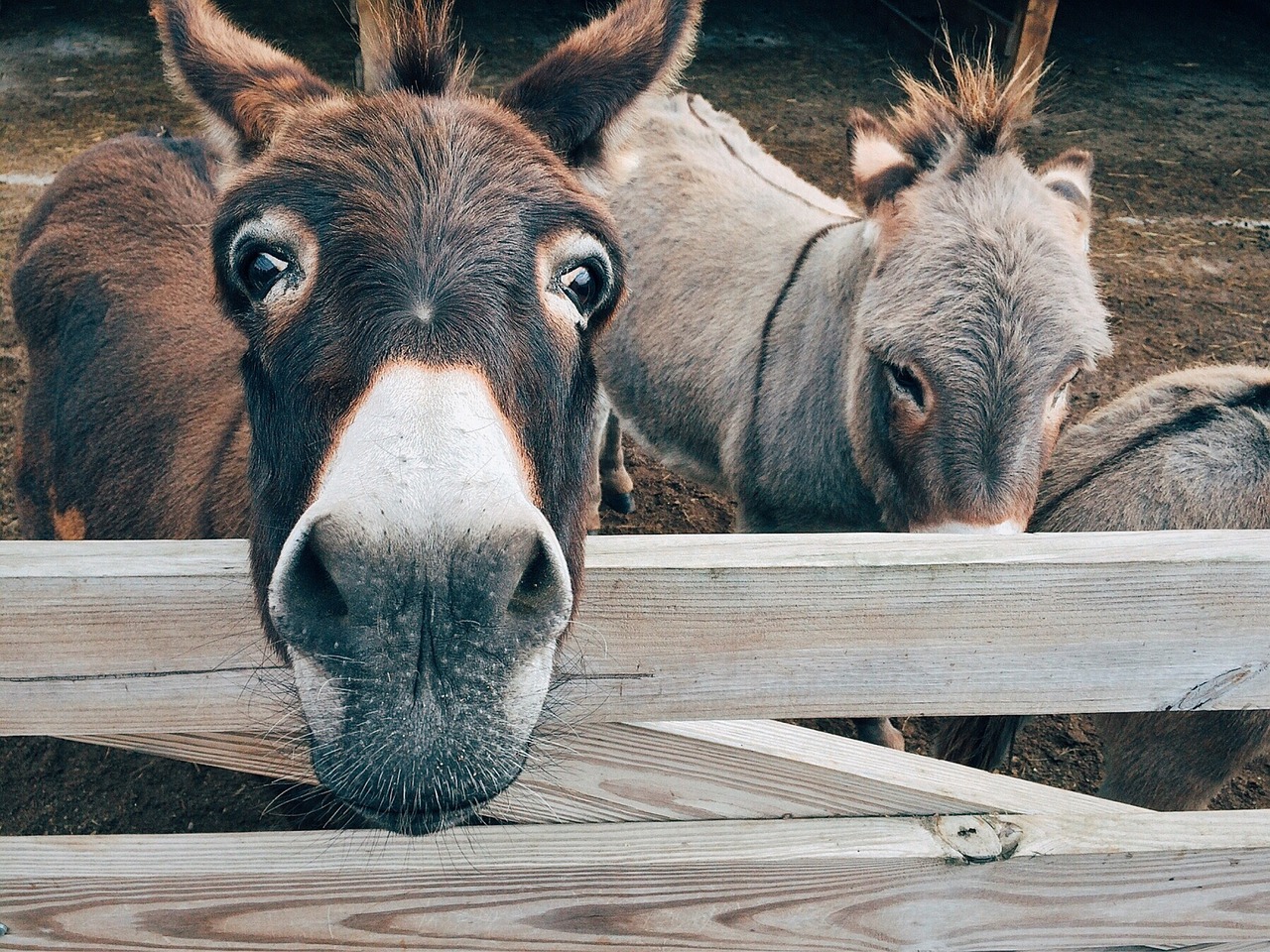Wildlife Food: A History of Nuts, Berries, Fruits and Acorns
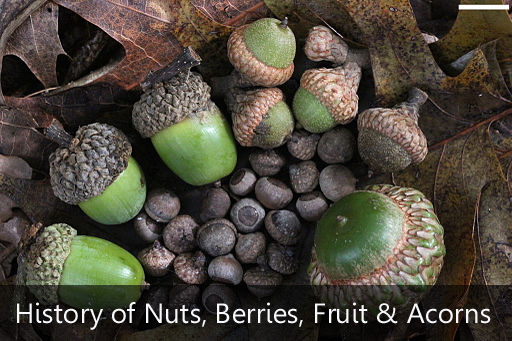
For over 100 years hunting plantations have been planting fruit trees for wildlife food and shelter. Like the old English hunting plantations, today’s hunters are realizing that big deer, strong bucks and graceful does, hardy turkey, fat quail, and dove come from supplementing what would otherwise experience a very mediocre diet by planting and growing berry plants, nut trees, fruit trees and acorns from oak trees, or muscadines from grapevines.
Fruit from Japanese persimmons are among the list of favorite deer food treats. The wild persimmon is not as common anymore, so by planting the Giant Fuyu persimmon an approach is to insure that the bucks and does will be in hot pursuit of these foods to grow reliably and economically by nature. When the lower limbs of the persimmon tree have been stripped of all its fruits, deer will often try to jump into the lower branches to get the plump, juicy tree fruits. Pears and crab-apples also provide essential vitamins and minerals to grow bucks big, healthy antler racks: a food to keep the does growing fatter during hunting seasons.
The Kieffer pear is the best wildlife fruit tree for planting for doe and other wildlife, as it is a hard, long lasting fruit that ripens late in the year. With this characteristic as a fall wildlife food, deer hunters are able to hunt over the layers of pears at the beginning of deer season. The Dolgo crabapple tree can also be planted; the fruit ripens in early fall, so plant this wild fruit tree close to your deer stand for a guaranteed kill.
Turkey, dove, and quail tend to flock towards different fruit trees, nut trees, grapevines, and berry plants. Grape fruits are popular with quail and dove, and turkeys seem to like muscadine and scuppernong grapevines. When grape fruits ripen, it isn’t unusual to see quail migrate in coveys to strip the grapes from their vines. Grapes have been planted by farmers for years as a growing blind to keep their crops concealed, and the small game supplied with food. When planting grapevines for wildlife feeding, one should also inter plant other native fruit trees such as the Chickasaw plum, and American persimmon or for the grape vines growing and intertwining to create the screening effect that makes all deer and turkey, and quail feel safe to grow in a sheltered environment. Not only will you grow an impermeable screen with the grapevines you plant an added benefit of growing wild plums, and wild persimmons as a stable wildlife food for your deer daily diet, or birds, duck, and quail.
Quail in particular like to hide in the cover of blackberry bushes. More often than not in mid to late October, one can approach and examine the screening growth of a blackberry vine, before it loses its leaves to feed to the deer and turkey. Blueberries can be found growing wild everywhere, but wild blueberries tend not be as abundant as new hybrid berries. New blueberry plant selection supplies many wildlife animals. The same unpredictability happens with mayhaw fruit. Grafted cultivars of mayhaw can be planted in drier areas and to grow a reliable crop of fruit every year to feed the birds quail, dove, ducks, and turkey. Mayhaw fruits are also great for making mayhaw jelly; a buttered, hot biscuit’s best friend.
Mulberry is a favorite food among small wildlife animals and big game birds alike, and the mulberry trees grow a substantial crop of berries over an extended time period. The mulberry tree is tall enough at an early age that birds and animals can freely feed on the mulberries on the upper limbs, while deer and other animals can eat the berries from the bottom fruited boughs.
For bird food in particular, one nut tree grows more feed opportunities for wildlife animals and birds than the rest; the Gobbler Sawtooth Oak. With acorn crops of oak trees maturing at only six years of age, birds, ducks, and squirrels get a wealth of healthy food nutrients from oak tree nuts called acorns. Chinquapin bushes and trees can be planted for deer food, as well as planting Chinese chestnut trees. Wildlife birds and animals prefer the flavor of these two nuts, which keep deer, animals, and other birds returning to eat both chinquapin and chestnut trees bare every year.
Every grower of pecan trees knows how birds and wildlife love to eat these nuts, especially the small, seedling pecan nuts or pecans with thin shells. Deer also get shelter near pecan trees and bucks can be seen underneath the pecan trees even in early spring, feeding on late maturing nuts that fall from the trees.
Of the many types of natural foods available for bird and animal wildlife, perhaps the one most widely natural and inexpensive food source comes from many species of oak trees growing abundantly in United States forests everywhere.
These oaks are:
Black Oak, Quercus velutina;
Cherry Bark Oak, Quercus falcata v.pagodafolia;
Chinquapin Oak, Quercus muelenbergii; Darlington
Laurel Oak, Quercus hemisphaerica;
Laurel Oak, Quercus laurifolia;
Live Oak, Quercus virginiana;
Nuttall Oak, Quercus nuttallii;
Over Cup Oak, Quercus lyrata;
Pin Oak, Quercus palustris;
Post Oak, Quercus stellata;
Red Northern Oak, Quercus rubra;
Red Southern Oak, Quercus falcate;
Running Oak, Quercus pumila;
Sand Live Oak, Quercus geminata;
Sawtooth Oak, Quercus acutissima;
Shummard Oak, Quercus shummardii;
Swamp Chestnut Oak, Quercus michauxii;
Swamp White Oak, Quercus bicolor;
Turkey Oak, Quercus laevis;
Water Oak, Quercus nigra;
White Oak, Quercus alba;
Willow Oak, Quercus phellos.
The Author:
Acacia Plant website – http://acaciaplant.net/acacia_longifolia/acacia_longifolia.html
Photo. David Hill

